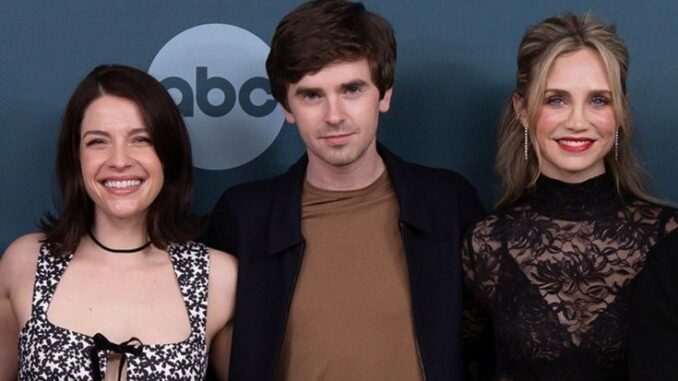
When The Good Doctor first premiered, many questioned whether a medical drama centered on a young surgeon with autism and savant syndrome could resonate with mainstream audiences. Years later, the answer is undeniable. Shaun Murphy, portrayed by Freddie Highmore, has become not only the emotional center of the show but also a symbol of resilience and representation for millions of viewers around the globe.
At its core, the series is not just about medical cases or hospital politics. It is about Shaun’s journey—a story of a man navigating a world that often misunderstands him. From the pilot episode, where Shaun fights to prove his worth to skeptical colleagues, to the later seasons in which he builds meaningful relationships, Shaun’s arc is a study in perseverance and human connection.
Highmore’s performance has been pivotal. His nuanced portrayal captures both the challenges and strengths of living with autism, steering clear of stereotypes while highlighting Shaun’s extraordinary diagnostic skills and unwavering empathy. For many viewers, seeing a lead character with autism portrayed authentically on prime-time television is groundbreaking. It has sparked conversations about inclusion, workplace diversity, and the underestimated potential of neurodiverse individuals.
Beyond representation, Shaun’s story resonates because it is deeply human. He struggles with self-doubt, faces rejection, and grapples with questions of identity and belonging—universal themes that transcend his condition. His triumphs in the operating room are paralleled by personal milestones: forming friendships, navigating romantic relationships, and learning to communicate his emotions in ways that others can understand. Each step forward feels monumental, not only for Shaun but for the audience rooting for him.
What makes his journey even more compelling is the way the show places Shaun in environments that test his growth. Hospitals are high-pressure spaces where mistakes can cost lives, and his colleagues are not always patient or understanding. Yet, over time, Shaun earns their respect through his brilliance, persistence, and integrity. This gradual acceptance mirrors real-world struggles for people who must constantly prove themselves in professional and social settings.
Shaun’s relationship with Lea, his eventual wife, adds another dimension to the narrative. Their romance is not presented as a fairytale but as a partnership that requires patience, compromise, and vulnerability. Through their ups and downs, audiences witness Shaun discovering that love, like medicine, is a practice that evolves with time and effort.
Ultimately, Shaun Murphy’s story is more than just entertainment—it is a cultural statement. It challenges preconceived notions about who can succeed in high-stakes professions and demonstrates that brilliance often exists where society least expects it. By centering the narrative around Shaun’s growth, The Good Doctor has distinguished itself from other medical dramas and secured a lasting place in television history. As the show continues, viewers remain invested not just in the next medical case but in the next chapter of Shaun’s life. His journey is a reminder that resilience, empathy, and determination can overcome even the steepest odds.
